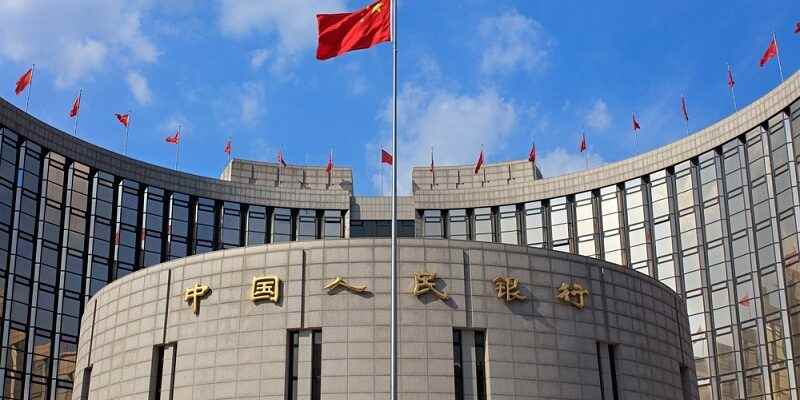BEIJING/SHANGHAI (Reuters) – China’s central bank cut two of its main policy rates on Monday, an unexpected measure of credit support announced after the release of indicators showing a slowdown in economic activity in July, in a context dominated by health restrictions and the real estate crisis.
The second largest economy in the world is struggling to get out of the slowdown phase linked to the multiple containment measures decided as part of Beijing’s “zero COVID” policy. This situation has already led many economists to revise their forecasts downwards and to question the country’s ability to meet its objective of growth of around 5.5% this year, which would be a first in seven years. .
In July, industrial production rose by only 3.8% year on year, the National Bureau of Statistics announced on Monday, after +3.9% in June and while economists polled by Reuters had forecast an increase of 4, 6%.
At the same time, retail sales, which rebounded 3.1% in June, rose only 2.7% last month compared to July 2021 when the consensus gave them at +5.0%.
“The July figures suggest that the post-lockdown recovery has lost momentum as the initial positive impact of reopening dissipated, while the boycott of property maturities caused a further deterioration in the property sector,” commented Julian. Evans-Pritchard, senior China economist at Capital Economics.
“The People’s Bank of China has already reacted to this bad news by increasing its support (…) But with credit growth less responsive than in the past to easing measures, this will probably not be enough to prevent a further deterioration of the economic situation.”
The People’s Bank of China (PBC) has indeed reduced by ten basis points the rate of its medium-term loan facility and that of its seven-day reverse repos. This fall, the second since the beginning of the year, is accompanied by a withdrawal of liquidity from the financial markets, to stimulate demand for credit.
According to official figures published on Friday, new bank loans fell more than expected in July, to 679 billion yuan (about 99 billion euros) while analysts expected 1,100 billion after 2,810 billion in June and 1,080 billion in July last year.
China’s gross domestic product (GDP) narrowly escaped contraction in the second quarter, a period marked by a combination of Shanghai’s lockdown, the continued deterioration of the housing market and persistent weakness in consumption.
(Report Kevin Yao, Stella Qiu, Ellen Zhang, Winni Zhou and Péin’s office, French version Marc Angrand)
Copyright © 2022 Thomson Reuters
